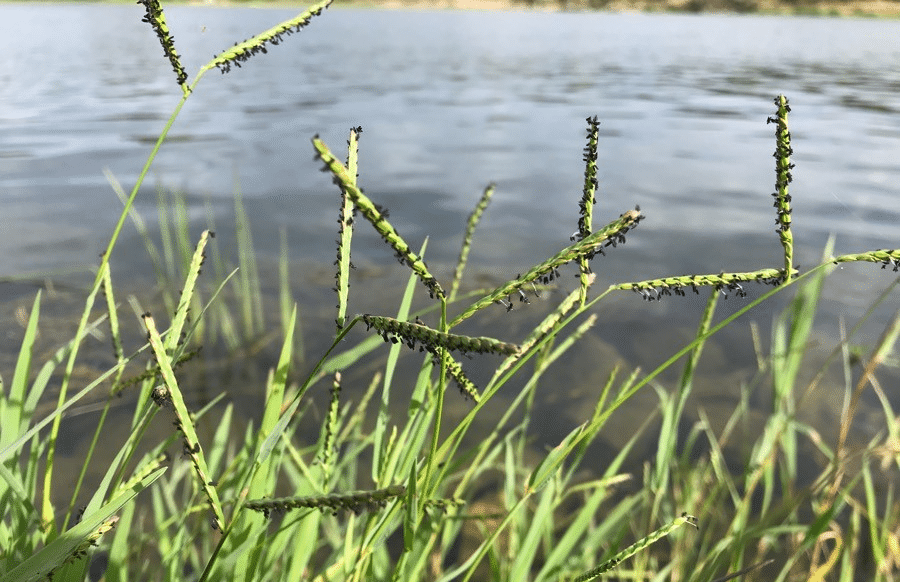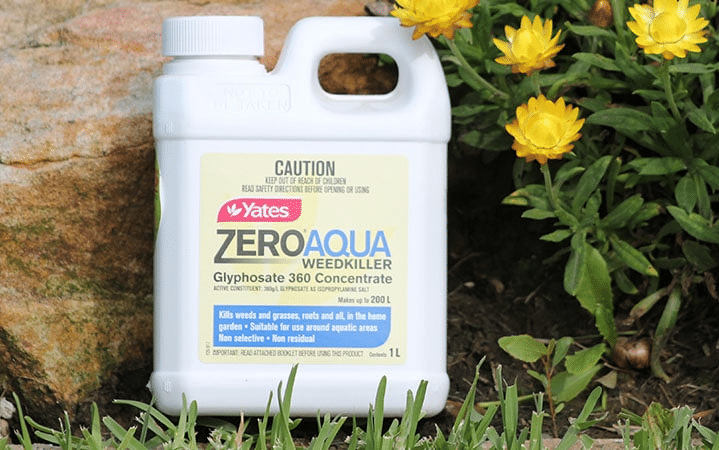Paspalum Grass
Quick Links
Paspalum Grass
Once established, Paspalum Grass is a difficult weed to kill, making it one of the most hated weeds in Australian lawns.
While most common weeds can be controlled through consistent mowing, Paspalum Grass is unique in its ability to adapt and continue spreading, even in a regularly mown lawn.
What is Paspalum Grass?
Although Paspalum’s seed heads are easily identifiable, this weed has a habit of blending in with your lawn and going unnoticed.
What does it look like?
Paspalum is a tufted perennial grass weed that grows up to a metre tall. The leaf blades are slightly folded at the base and are hairless.
Flowering during spring and summer, Paspalum Grass has upright flowering stems that then seeds through spike-shaped seed-bearing heads.
The Different Varieties Of Paspalum Grass
Paspalum (Paspalum dilatatum) is similar to other closely related grasses, including:
- Bahiagrass (Paspalum notatum)
- Water Couch (Paspalum distichum)
These species are only distinguishable through slight differences.
Paspalum Dilatatum
Paspalum dilatatum is the most common variety. It’s a moderately-sized grass (usually about 1 m tall) with relatively narrow leaves.

Paspalum Notatum
Bahiagrass, however, is more of a low-growing grass (usually less than 60 cm tall) in comparison to other varieties.
Finally, Water Couch grass is distinguishable as it only thrives in and near fresh water.

Paspalum Distichum
Finally, Water Couch grass is distinguishable as it only thrives in and near fresh water.

Is Paspalum Native To Australia?
Paspalum is widespread through New South Wales and Queensland as well as Victoria, South Australia and Western Australia.
Paspalum originates from South America but has become a major world weed. It is a problem in some 28 countries, especially in perennial crops.

How Is It Spread?
Paspalum produces 3-7 seed heads per stem.
These will get caught in the wind and spread to other yards or the sticky seeds will travel on pets, shoes and other objects before falling off in a new location.
Paspalum Killer
It’s best for your lawn for you to control Paspalum as soon as possible. Until it’s eradicated, this weed will consume precious nutrients from the soil and compete with your lawn for water.
How Can I Remove Paspalum From My Lawn?
In small Paspalum weed invasions, you should simply use a sharp knife and cut it out.
Dig underneath soil level to cut the stem so it is less likely to grow back. Make sure you don’t leave any part of the weed behind on your lawn, especially the seeds.
Bigger infestations may require herbicides to control this weed.
Herbicides To Kill Paspalum Grass
The best way to kill Paspalum is to either dig out the Paspalum by hand or apply a small amount of high strength Glyphosate to some of the Paspalum leaves without touching the lawn grass, such as Round-Up or ZeroAqua.

As this will kill everything it comes in contact with, the safest way is to use a small paintbrush and carefully brush the glyphosate only onto the paspalum leaf.
It is always easier to control weeds from the outset rather than to try to remove them once they get out of hand.
Remember a healthy lawn with a good care routine will naturally outcompete weeds, whereas poor performing lawns will struggle.
Choosing a suitable lawn species for your climate and conditions will help to minimise potential weed invasions.


Our Turf
TifTuf Bermuda
Buy Turf Online © 2019 All Rights Reserved. | Proudly Designed and Developed by Sydney ICT
